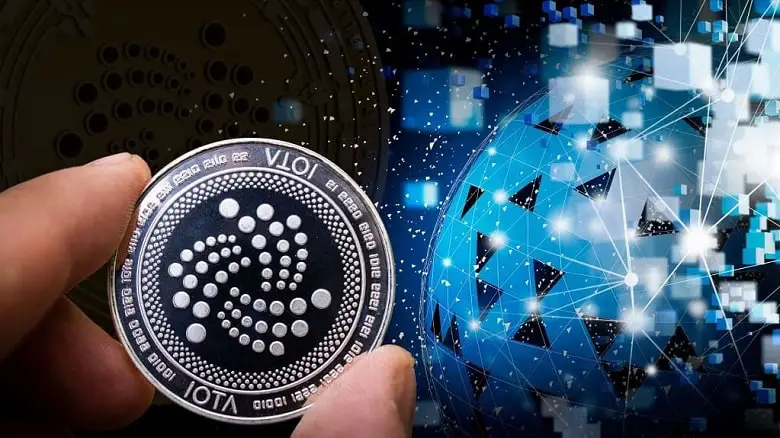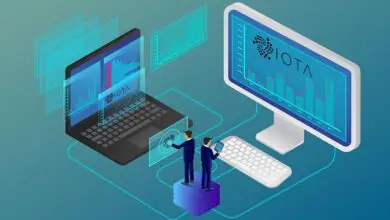IOTA & Blockchain Scalability Solutions – A Synopsis

Introduction
Thousands of cryptocurrency enthusiasts worldwide are gearing up to explore applications based on Blockchain technology for dealing with real-world issues. The immutable nature of the advanced Blockchain technology enables the complete transparency of data sharing across networks. The distributed ledger system of Blockchain technology is now being implemented to resolve real-world problems, and one of the most promising applications of today is the IOTA. The IOTA interconnects people, products, and places by using sophisticated chips, actuators, and sensors embedded in smart devices to transmit data to the IoT network. According to IOTA predictions, The scalability issue that arises from the transmission of huge volumes of data across the Blockchain network is resolved by the advanced Tangle technology of IOTA. Read on to understand the intricate links of scalability resolution between IOTA and Blockchain technology.
IOTA solving the blockchain’s scalability problem
Only IOTA possesses the vast potential of resolving the scalability challenges of the groundbreaking Blockchain technology. At the core, blockchain technology comprises a distributed electronic ledger that validates and records transactions or events that cannot be modified or deleted in any way by the community of users. The users maintain their copies of the distributed ledger and validate the latest transactions collectively on the blockchain through the process of consensus.
The Bitcoin block size is limited to 1MB as of now. It can handle seven transactions per second which is very slow, considering the huge number of transactions that occur daily. The transaction speed is especially slow compared to VISA and PayPal that process almost 2000 and 200 transactions daily. To resolve this issue, the block-less technology Tangle was developed by IOTA for recording the transactions at a superfast pace. Tangle eliminates the need for proof-of-work and mining, and the transactions get recorded rapidly in several layers in the nodes that are interconnected with other nodes. As there is no mining of blocks involved, the transactions get verified simultaneously and help save time. The users only have to validate the previous two transactions for validating the subsequent transaction. Such a process enables the validation of 500-800 transactions every second, which is dramatically faster.
At Tangle, the validation of transactions is done by a community of distributed validators at the network. If any of the validators submit an incorrect transaction, it will not be accepted by the other validators, thereby maintaining the validity of the transaction records.
One of the best aspects of validating transactions with Tangle IOTA is that the users do not need to pay any fee. Recording transactions at Tangle does not involve transaction costs.
Conclusion
Tangle is faster and more advantageous than the Blockchain-based network of Bitcoin or Ethereum. It is a DAG-based technology of distributed ledger that has revolutionized the process of authenticating transactions across Blockchain networks. Tangle helps several business organizations in handling asset transfers and cross-border payments using Blockchain technology. The IOTA processes a huge number of data transactions across multiple devices. It helps to resolve the scalability problems of Blockchain technology in several ways most successfully.

